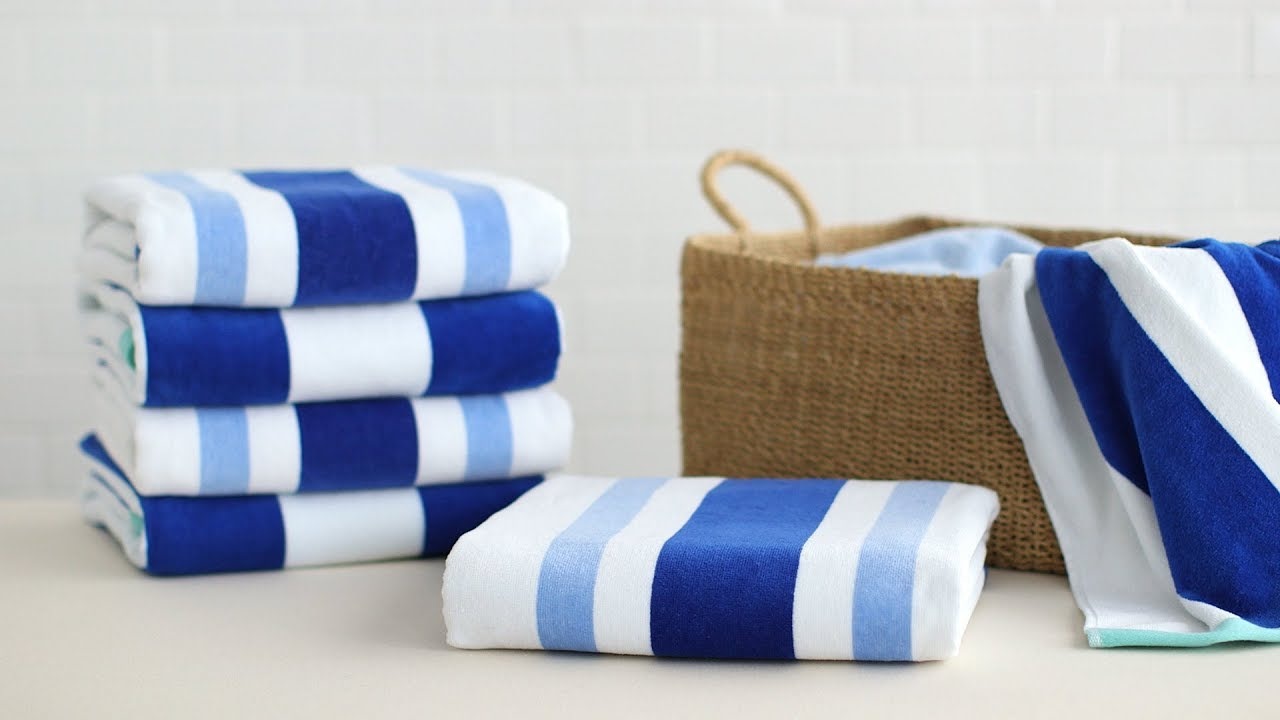

Articles
How To Store Beach Towels
Modified: October 20, 2024
Learn how to properly store your beach towels with these helpful articles. Keep your towels fresh and ready for your next beach day with these storage tips.
(Many of the links in this article redirect to a specific reviewed product. Your purchase of these products through affiliate links helps to generate commission for Storables.com, at no extra cost. Learn more)
Introduction
Beach towels are essential items when it comes to enjoying a day at the beach or lounging by the pool. They provide comfort, absorbency, and a way to dry off after a refreshing swim. However, when the summer season comes to an end, knowing how to properly store your beach towels is crucial to maintain their quality and ensure they are ready to use for the next sunny day.
Properly storing beach towels not only helps to preserve their vibrant colors and softness but also prevents odors, mold, and mildew from developing. In this article, we will guide you through the steps to store your beach towels correctly, keeping them fresh and ready for your next seaside adventure.
So let’s dive in and discover how to store beach towels like a pro!
Key Takeaways:
- Keep your beach towels fresh and ready for use by cleaning and thoroughly drying them before storage. Choose a cool, dark, and well-ventilated storage location to prevent mold, mildew, and color fading. Proper storage ensures vibrant, comfortable towels for many summers to come.
- Maximize space and maintain towel quality by folding them properly and utilizing breathable storage containers or bags. Protect towels from moisture, humidity, and sunlight to preserve their softness and vibrant colors. Enjoy fresh, comfortable towels for your next seaside adventure.
Read more: How To Store Beach Chairs In Garage
Step 1: Clean and Dry the Beach Towels
The first step in proper beach towel storage is to ensure that they are clean and completely dry before putting them away. After a long day at the beach, it’s common for towels to accumulate sand, saltwater, sunscreen residue, and other debris.
To start, shake off any excess sand or dirt from the towels. Then, give them a thorough rinse with clean water to remove any remaining sand or salt particles. Use a gentle detergent specifically formulated for towels to wash them, following the instructions on the detergent label. Avoid using bleach or fabric softeners as they can damage the fibers of the towel.
After washing, it’s important to dry the towels thoroughly. Hang them on a clothesline outdoors or lay them flat on a clean surface indoors. Ensure that the towels are exposed to adequate airflow and sunlight to prevent the growth of mildew or unpleasant odors. If using a dryer, set it to a low heat setting to avoid shrinking or damaging the towels.
Remember, storing wet or damp towels can lead to mold and mildew growth, which can ruin the fabric and cause an unpleasant smell. Therefore, it is crucial to ensure that your beach towels are completely dry before moving on to the next step.
Step 2: Choose a Storage Location
Once your beach towels are clean and dry, it’s time to choose an appropriate storage location. The ideal storage location for beach towels should be cool, dry, and away from direct sunlight.
If you have a linen closet or a designated area for towels, that would be a perfect choice. Ensure that the area is well-ventilated to prevent any moisture buildup. Avoid storing towels in humid areas such as the basement or attic, as the excess moisture can promote mold and mildew growth.
If you don’t have enough storage space indoors, consider utilizing a dry and sheltered outdoor area such as a shed or garage. However, be cautious of extreme temperatures and humidity fluctuations that can damage the towels. If storing them outdoors, make sure they are securely covered to protect them from dust and pests.
When deciding where to store your beach towels, also consider accessibility. It’s convenient to store them in a location that is easily accessible for whenever you need them again. Placing them in a clear storage box or on a designated shelf will make it easier to find and retrieve them when the warm weather returns.
By choosing the right storage location, you are taking an important step to ensure the longevity and quality of your beach towels.
Step 3: Fold the Towels Properly
Folding beach towels properly is essential for maximizing storage space and preventing unnecessary creases or wrinkles. When towels are folded neatly, it also makes it easier to stack or organize them in your chosen storage location.
To begin folding your beach towels, lay the towel flat on a clean and even surface. Smooth out any wrinkles or folds to create a flat surface. Next, fold the towel in half lengthwise, bringing one shorter end to meet the other, creating a long rectangle shape.
Once you have a long rectangle, fold it in half once more by bringing one longer end to meet the other, resulting in a smaller rectangle. Make sure the edges align properly to create clean and even folds.
If your towels are quite large, you may need to fold them again to create a more compact size. Fold the smaller rectangle in half again or thirds, depending on the size of your towels and your storage constraints. The goal is to create a square or rectangular shape that is easy to stack or store.
When folding beach towels, take care to smooth out any wrinkles or creases as you go along. This will help maintain the towel’s appearance and prevent any permanent creases from forming.
By folding your beach towels properly, you not only optimize storage space but also ensure that they remain in good condition during the time they are stored.
After using beach towels, make sure to shake off any sand and hang them to dry in a well-ventilated area. Once dry, fold and store them in a cool, dry place to prevent mildew and musty odors.
Step 4: Utilize Storage Containers or Bags
Using storage containers or bags can provide extra protection and organization for your beach towels during storage. They can help keep your towels clean, dust-free, and easily accessible when you need them again.
When choosing storage containers or bags, look for options that are made of breathable materials such as cotton or canvas. These materials allow for proper airflow, preventing any moisture buildup that could lead to mold or mildew.
If you prefer using containers, opt for stackable plastic bins or wicker baskets with lids. These containers will protect your towels from dust, while also allowing you to neatly stack them on top of each other, maximizing space efficiency. Additionally, transparent containers or ones with clear fronts can help you easily identify which towels are stored inside without having to open them.
Alternatively, you can use large storage bags specifically designed for towels or bedding. These bags usually have a zipper closure to keep out dust and are made of breathable fabric that allows airflow. Place the neatly folded towels inside the bag and seal it tightly to protect them from dirt and pests.
Remember to avoid using plastic bags or vacuum-sealed bags for long-term storage. These bags can trap moisture and lead to a damp environment, which is not suitable for keeping your towels fresh and odor-free.
By utilizing storage containers or bags, you can keep your beach towels organized, clean, and ready to use for your next beach outing.
Read more: How To Store Cooling Towels
Step 5: Avoid Moisture and Humidity
Moisture and humidity are the enemies of beach towel storage as they can lead to mold, mildew, and unpleasant odors. It is crucial to take precautions to keep your towels dry and protect them from excess moisture during storage.
Firstly, ensure that your chosen storage location is dry and well-ventilated. Avoid storing your beach towels in areas that are prone to high humidity, such as basements or bathrooms. If the room tends to get humid, consider using a dehumidifier to reduce the moisture in the air.
Additionally, you can include moisture-absorbing products, such as silica gel packets or moisture-absorbing crystals, in your storage containers or bags. These products help absorb any excess moisture that may be present and keep the towels dry and fresh.
Avoid storing your beach towels near windows or in direct sunlight. Sunlight can fade the colors of the towels and, in humid conditions, can lead to heat and moisture buildup. Instead, choose a dark and cool place away from direct sunlight for long-term storage.
If you live in a particularly humid climate, you can also consider using a moisture-resistant storage solution, such as a plastic storage container with a tight-sealing lid, to protect your towels from any potential moisture damage.
By taking steps to minimize moisture and humidity, you can prolong the lifespan of your beach towels and ensure they stay fresh and comfortable for many seasons to come.
Step 6: Keep Towels in a Dark and Cool Place
To maintain the quality and longevity of your beach towels, it’s important to store them in a dark and cool place. Sunlight and high temperatures can cause the colors to fade and the fabric to deteriorate over time.
Choose a storage location that is away from windows or any direct sources of sunlight. Exposure to sunlight can bleach the colors of your towels, resulting in a dull and faded appearance. If you don’t have a dark storage space available, consider using a dark-colored storage container or covering the towels with a light-blocking fabric or cloth.
In addition to keeping the towels in a dark place, it’s also important to store them in a cool environment. High temperatures can weaken the fabric and make it more prone to damage. Avoid storing your towels in areas that are subject to extreme heat, such as near heaters or in attics.
Try to find a spot with a consistent and moderate temperature. A linen closet or a shaded area in a well-ventilated room are ideal choices. If storing your towels outdoors, make sure they are well-protected from sunlight and kept in a shaded area where the temperature remains relatively stable.
By storing your beach towels in a dark and cool place, you can preserve their vibrant colors, softness, and overall quality for longer periods of time.
Conclusion
Properly storing beach towels is crucial for maintaining their quality, freshness, and functionality. By following the steps outlined in this guide, you can ensure that your beach towels remain in excellent condition throughout their storage period, ready to be used again when the warm weather returns.
First, make sure to clean and dry the towels thoroughly before storage to prevent mold, mildew, and odors. Choose a suitable storage location that is cool, dry, and away from direct sunlight. Folding the towels properly not only maximizes space but also prevents unnecessary wrinkles and creases.
Utilizing storage containers or bags can provide extra protection and organization for your towels, keeping them clean, dust-free, and easily accessible. Avoid moisture and humidity by ensuring proper ventilation, using moisture-absorbing products, and storing the towels in a dark and cool place.
By taking these steps, you can extend the lifespan of your beach towels and have them ready for your next beach adventure or poolside relaxation. Remember, proper storage not only helps maintain the quality of the towels but also ensures that you can enjoy them for many summers to come.
So, take the time to store your beach towels properly, and you’ll be rewarded with fresh, vibrant towels every time you reach for them. Happy storing!
Frequently Asked Questions about How To Store Beach Towels
Was this page helpful?
At Storables.com, we guarantee accurate and reliable information. Our content, validated by Expert Board Contributors, is crafted following stringent Editorial Policies. We're committed to providing you with well-researched, expert-backed insights for all your informational needs.
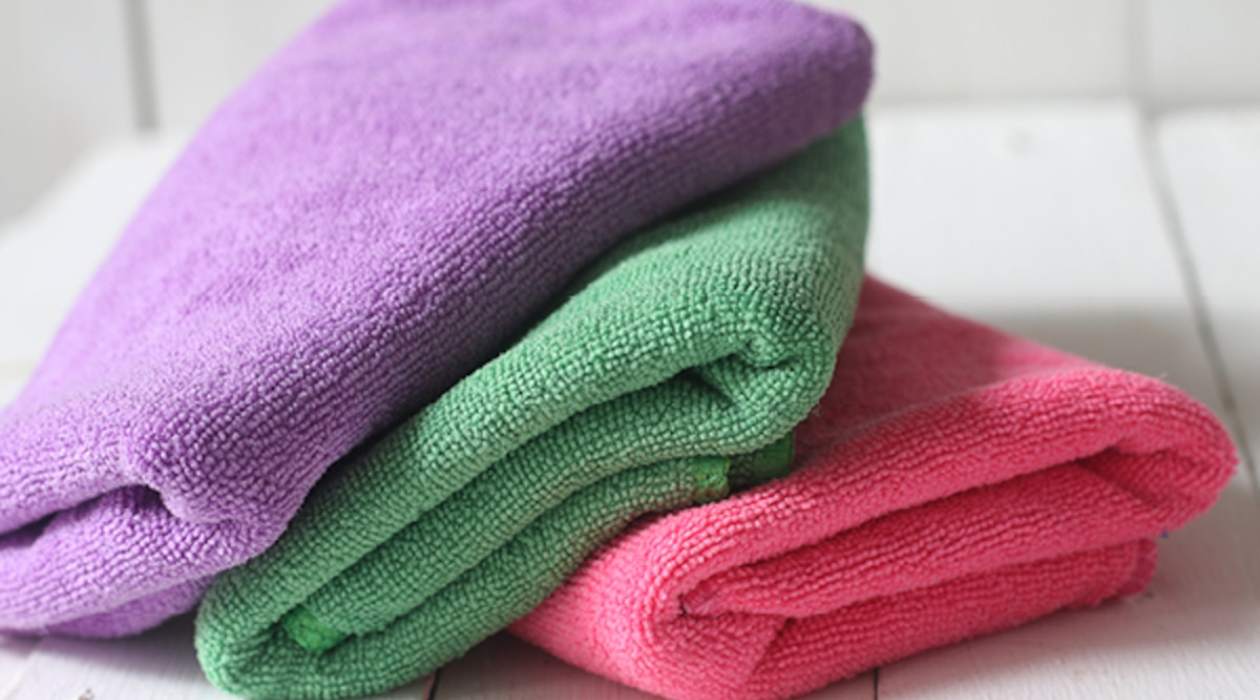

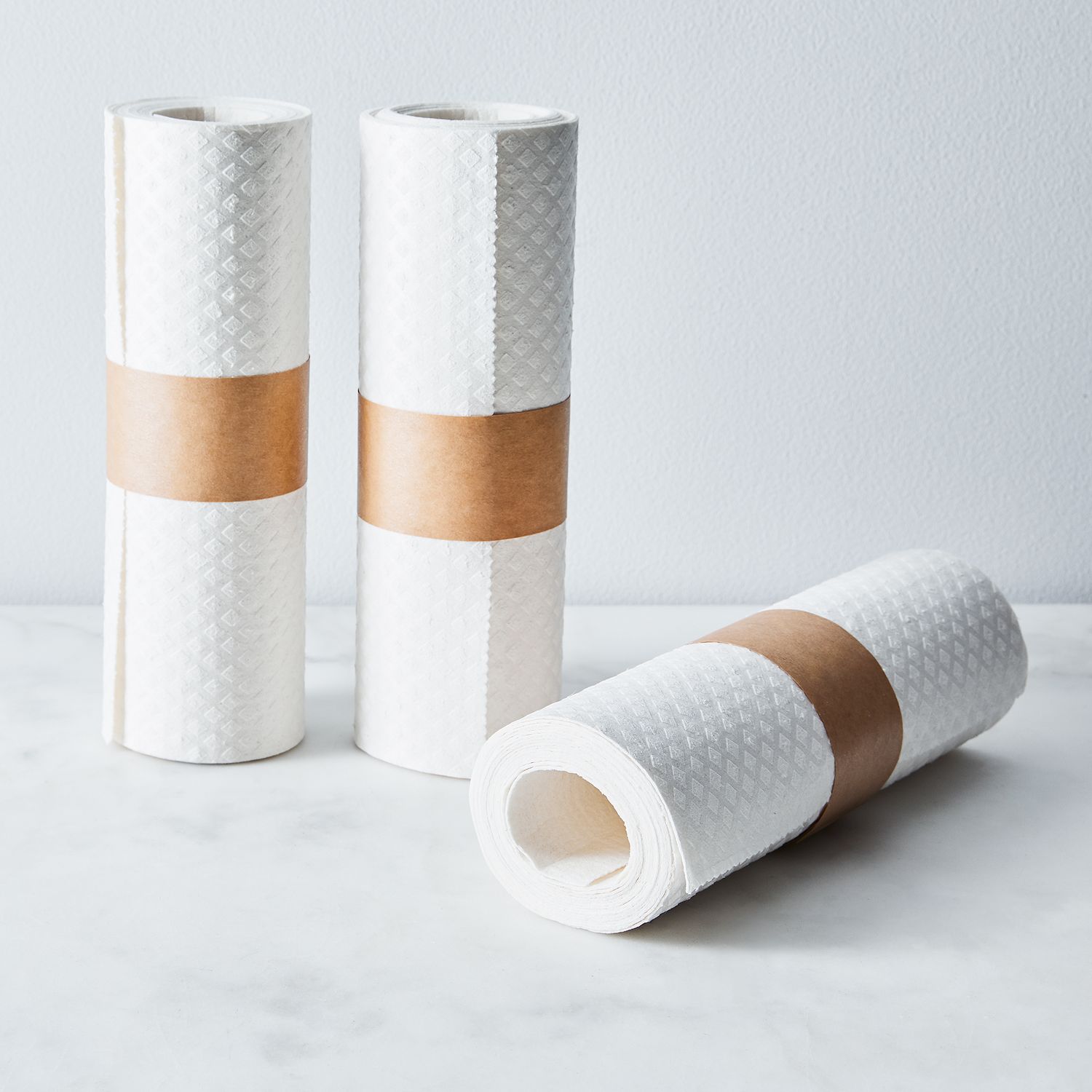

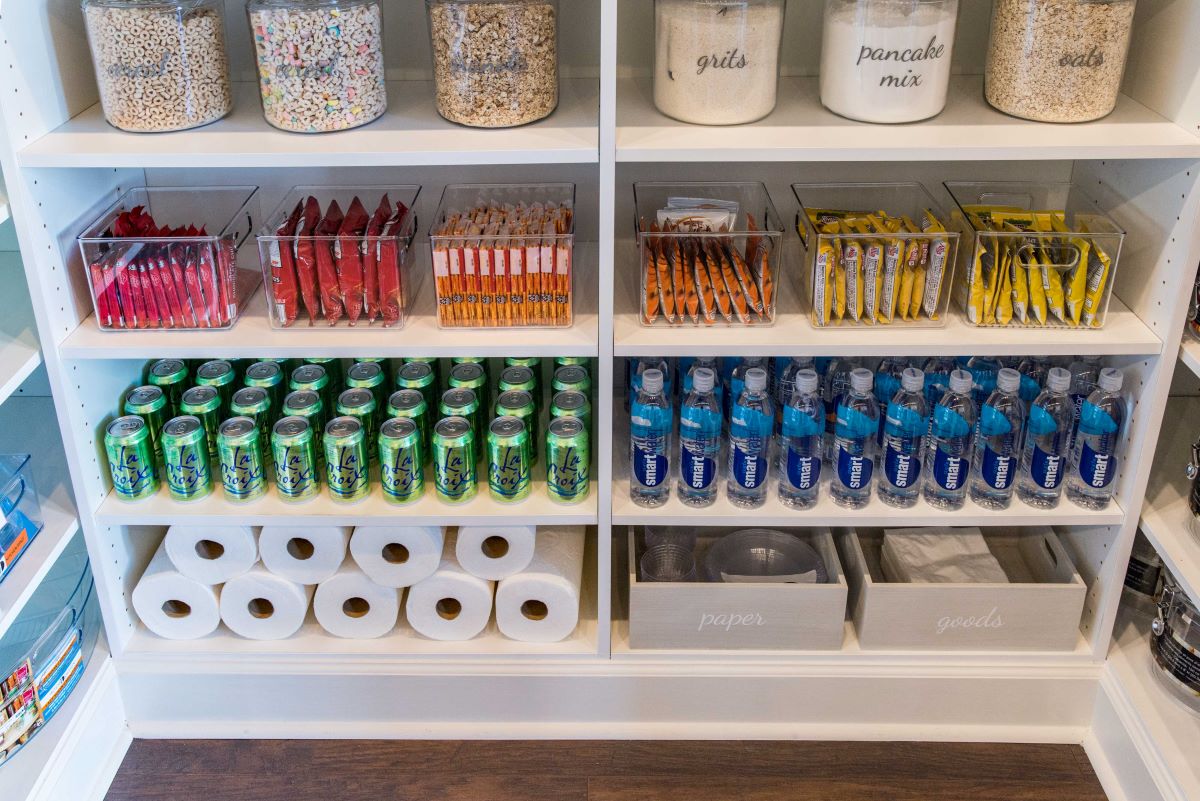

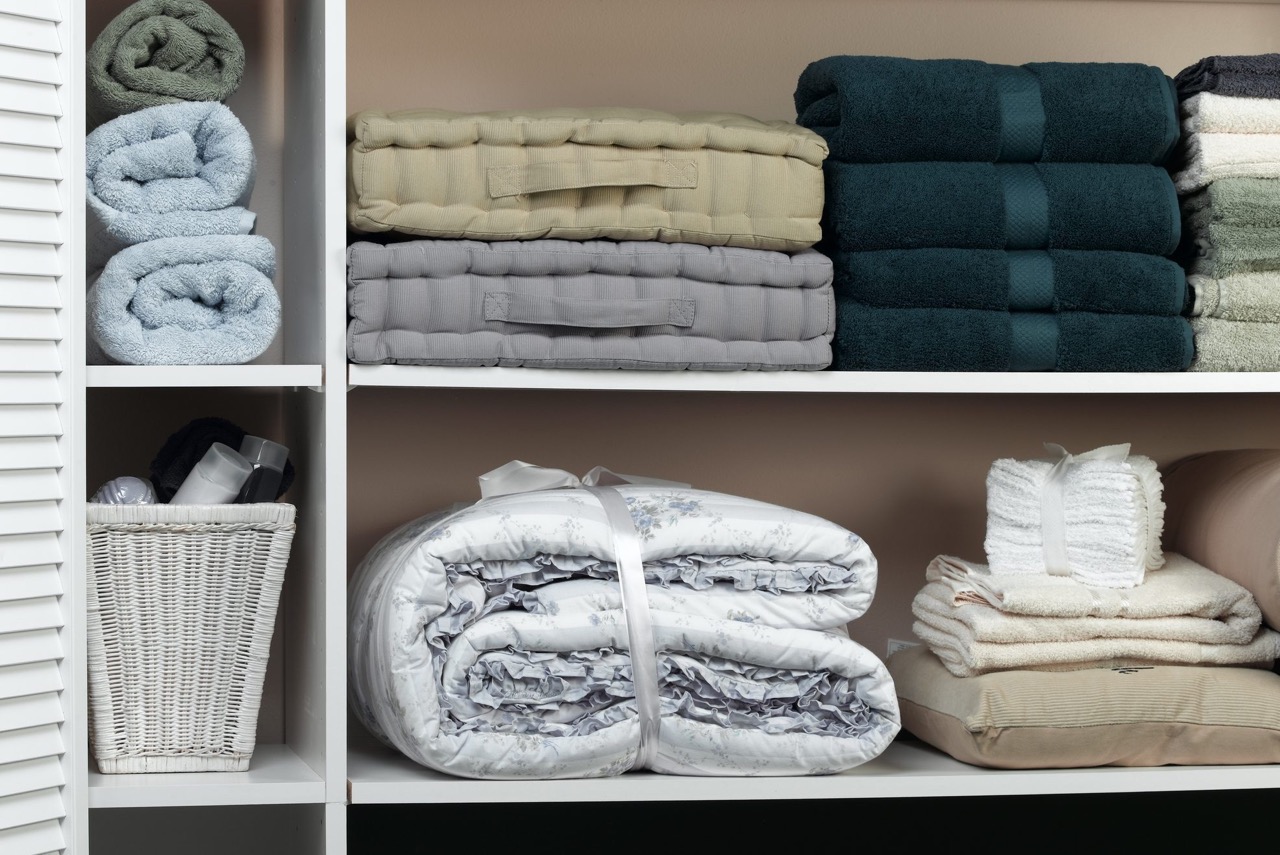
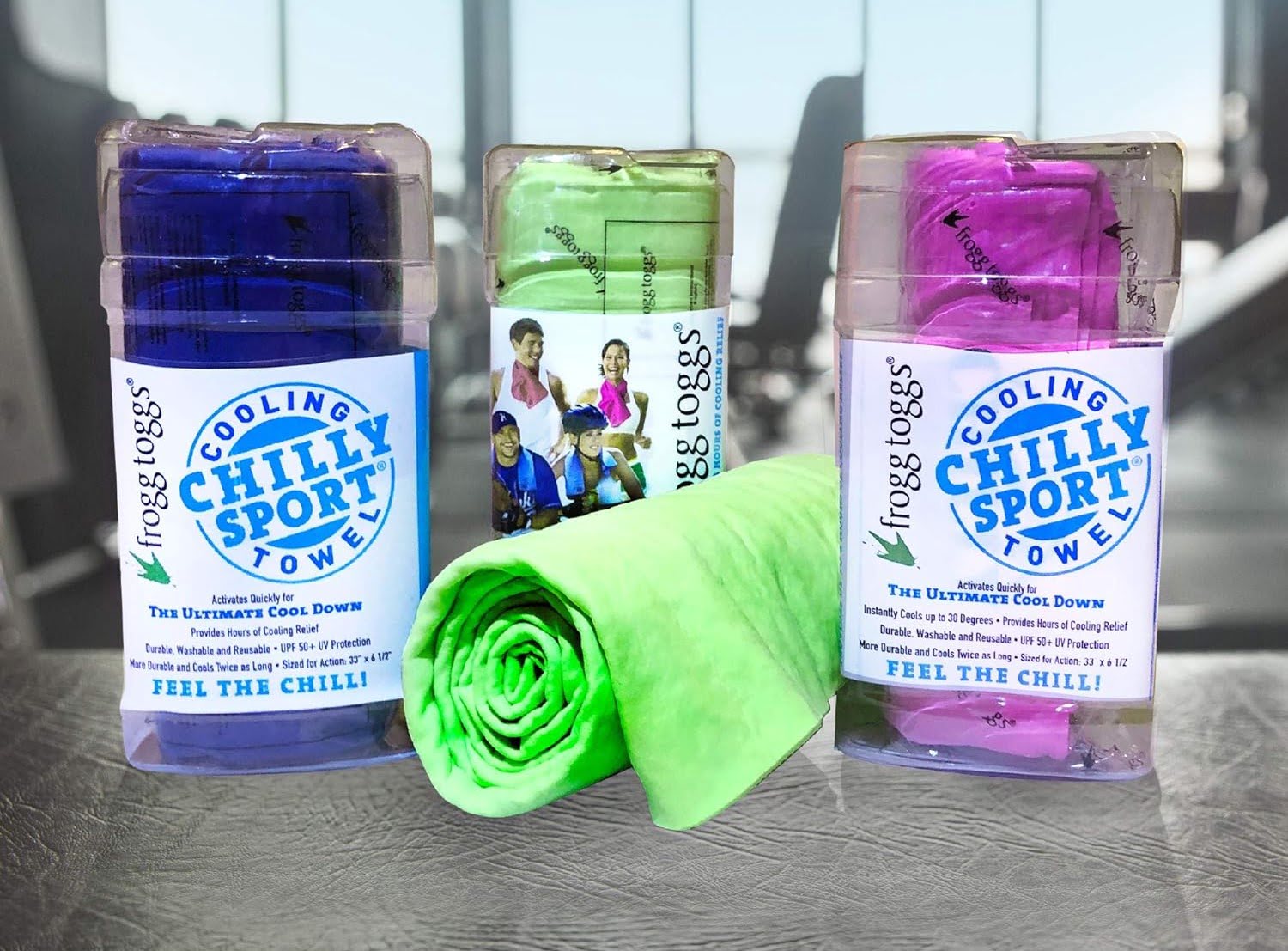
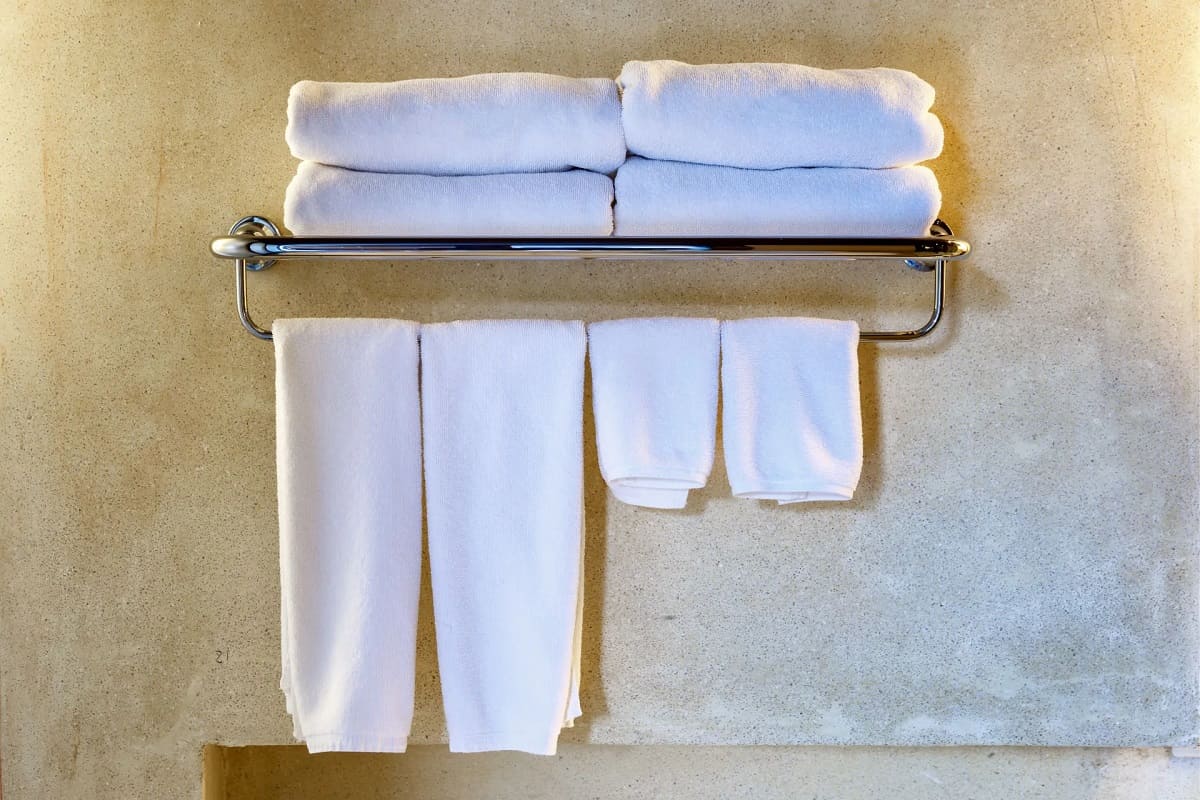
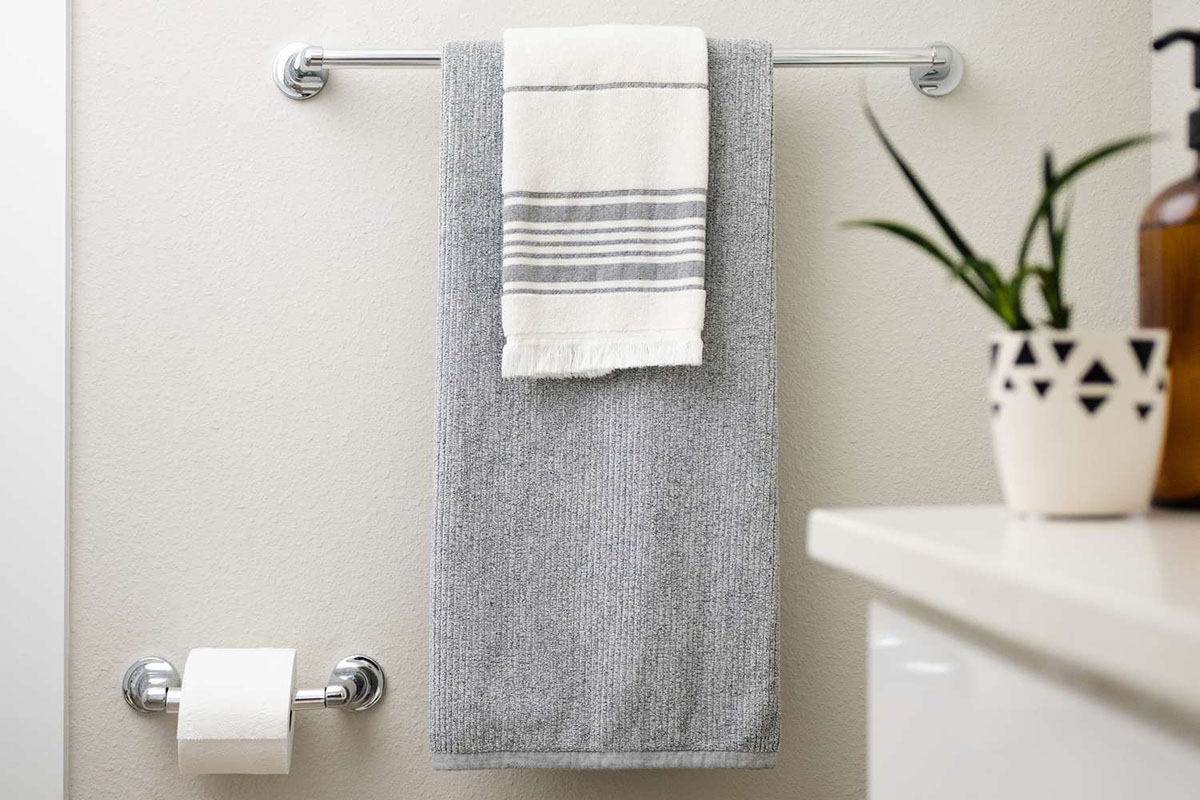

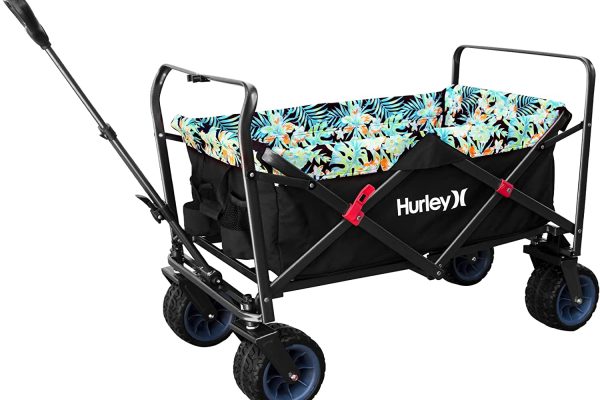

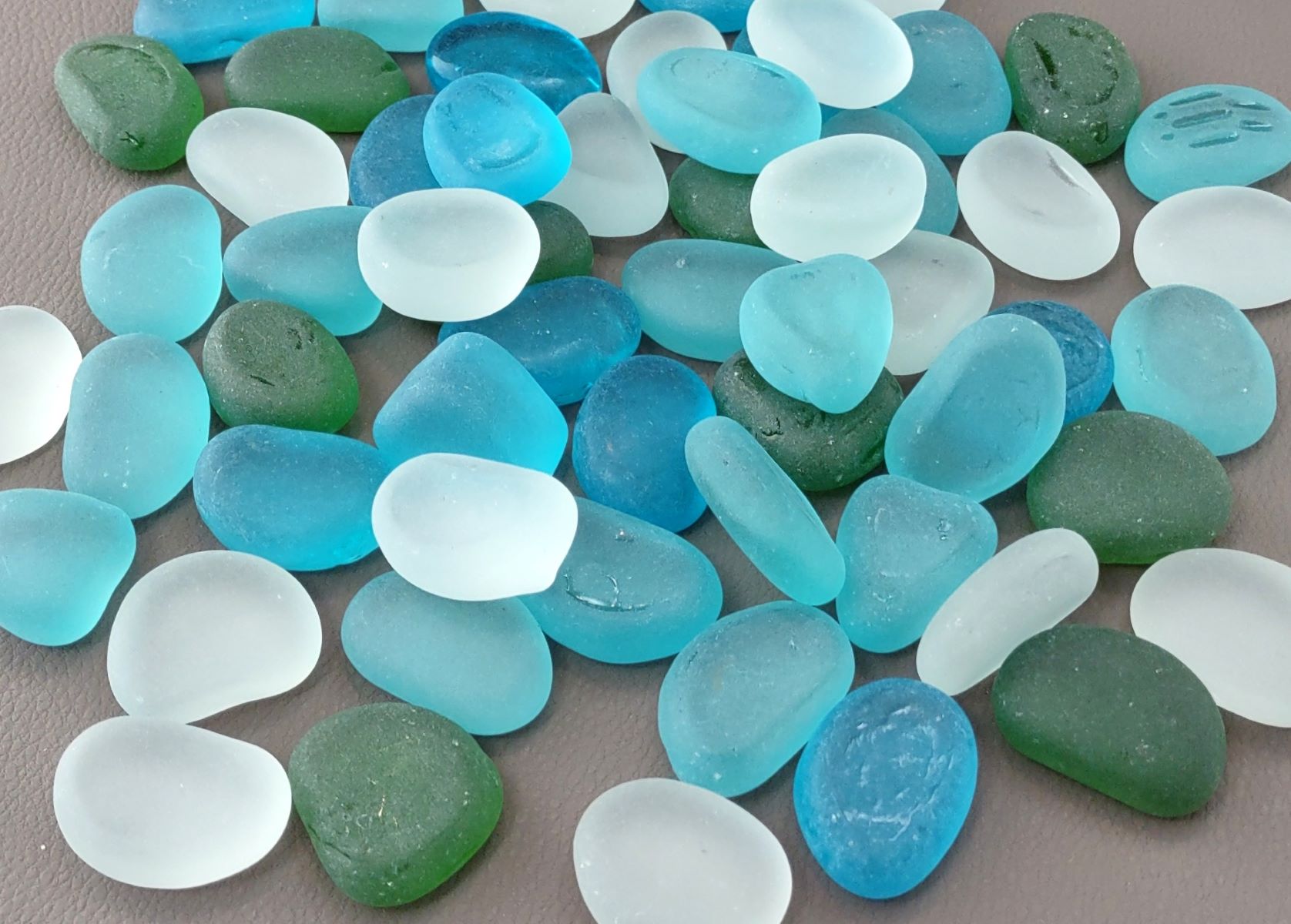

0 thoughts on “How To Store Beach Towels”